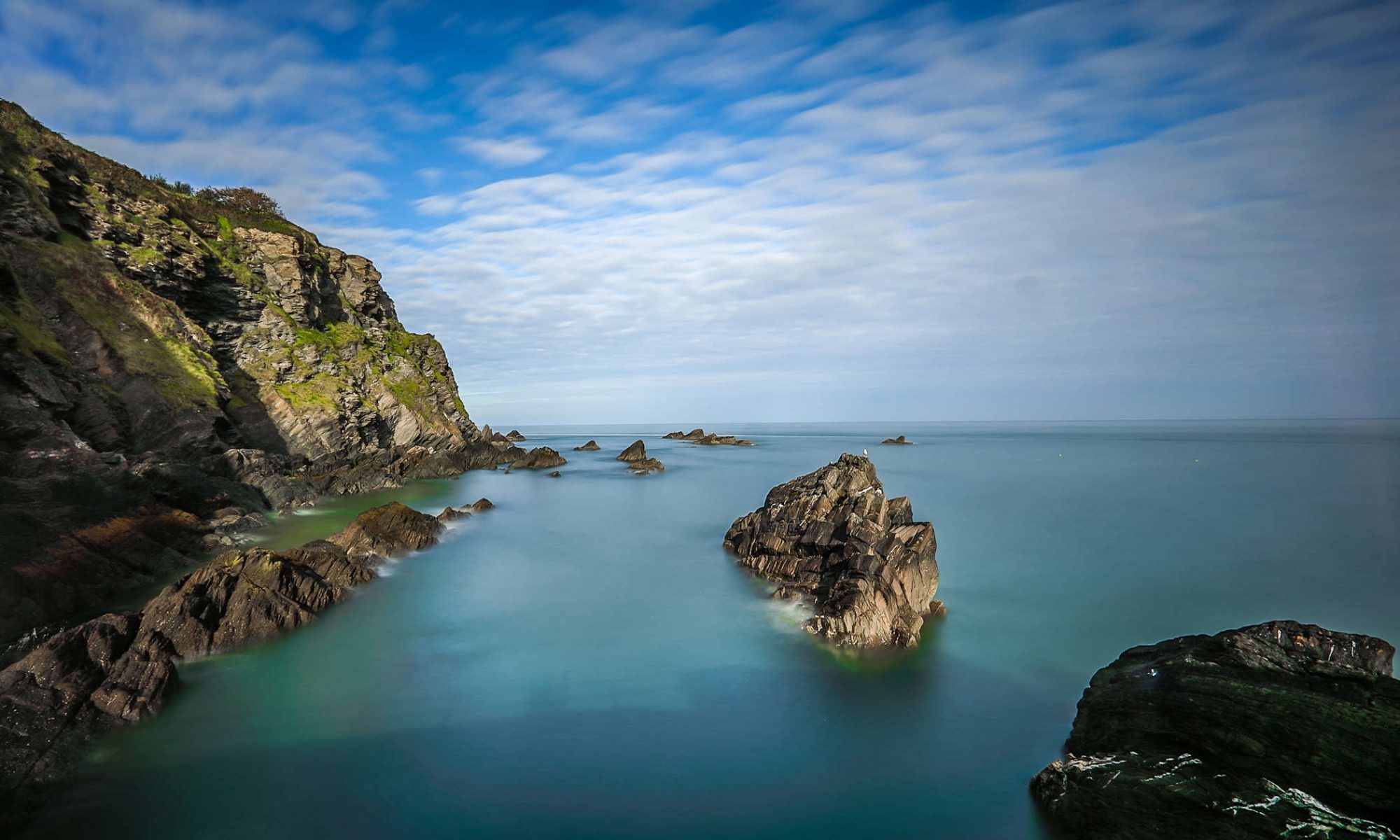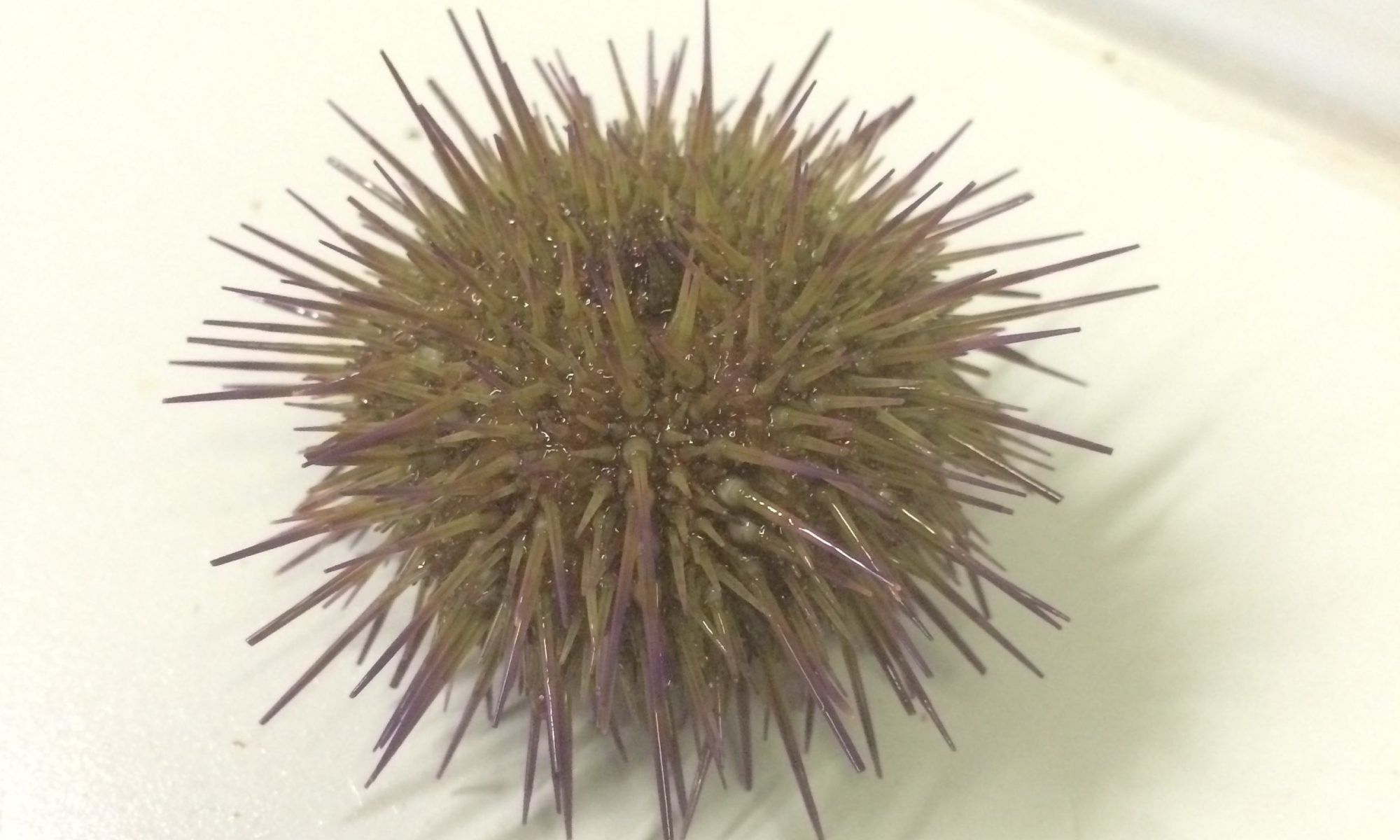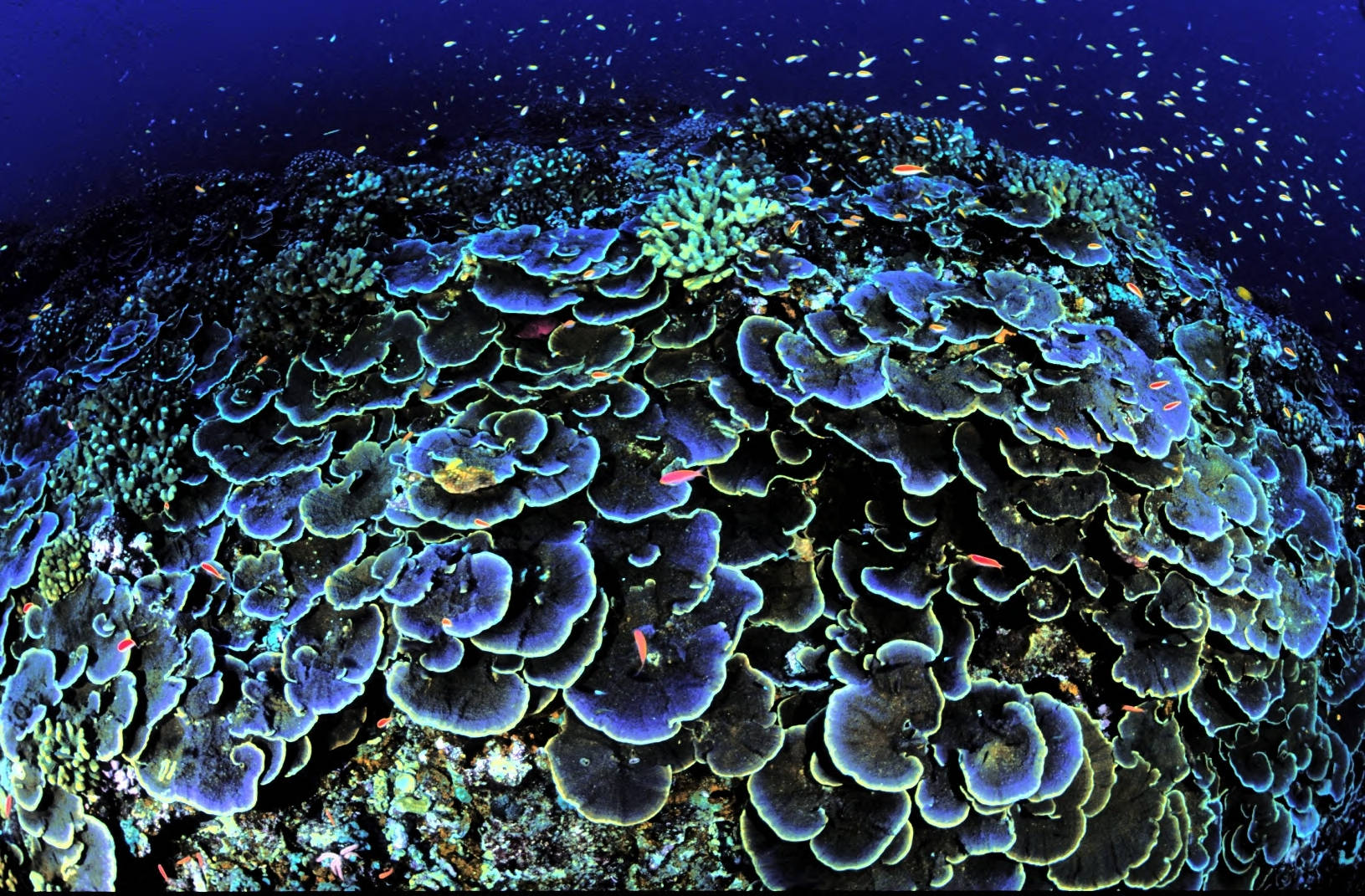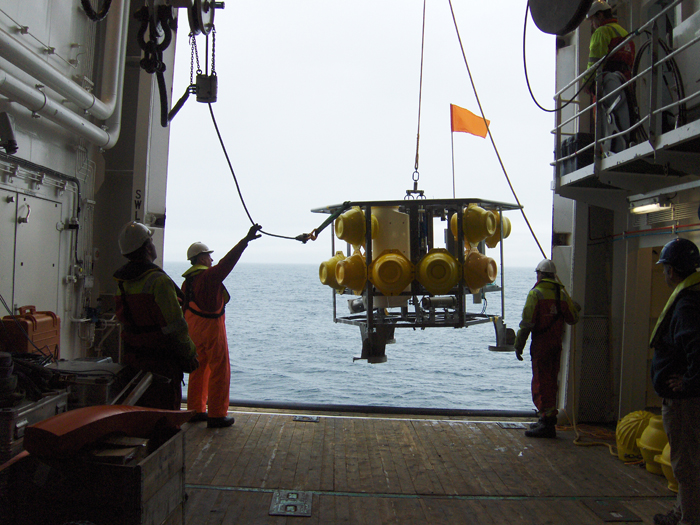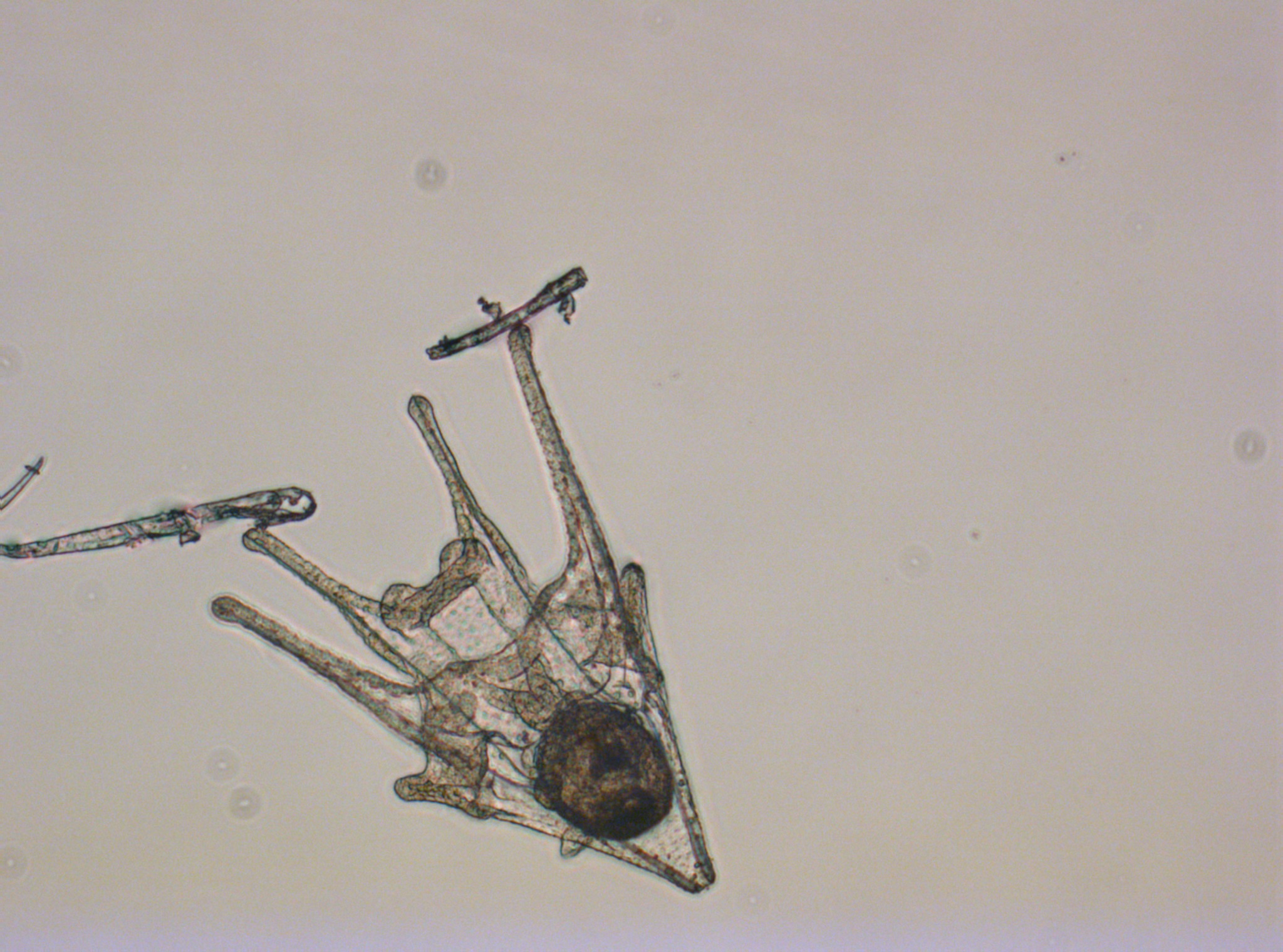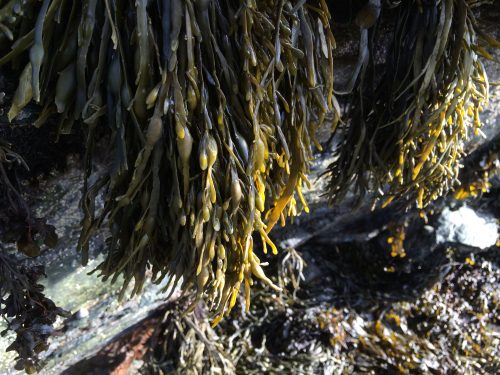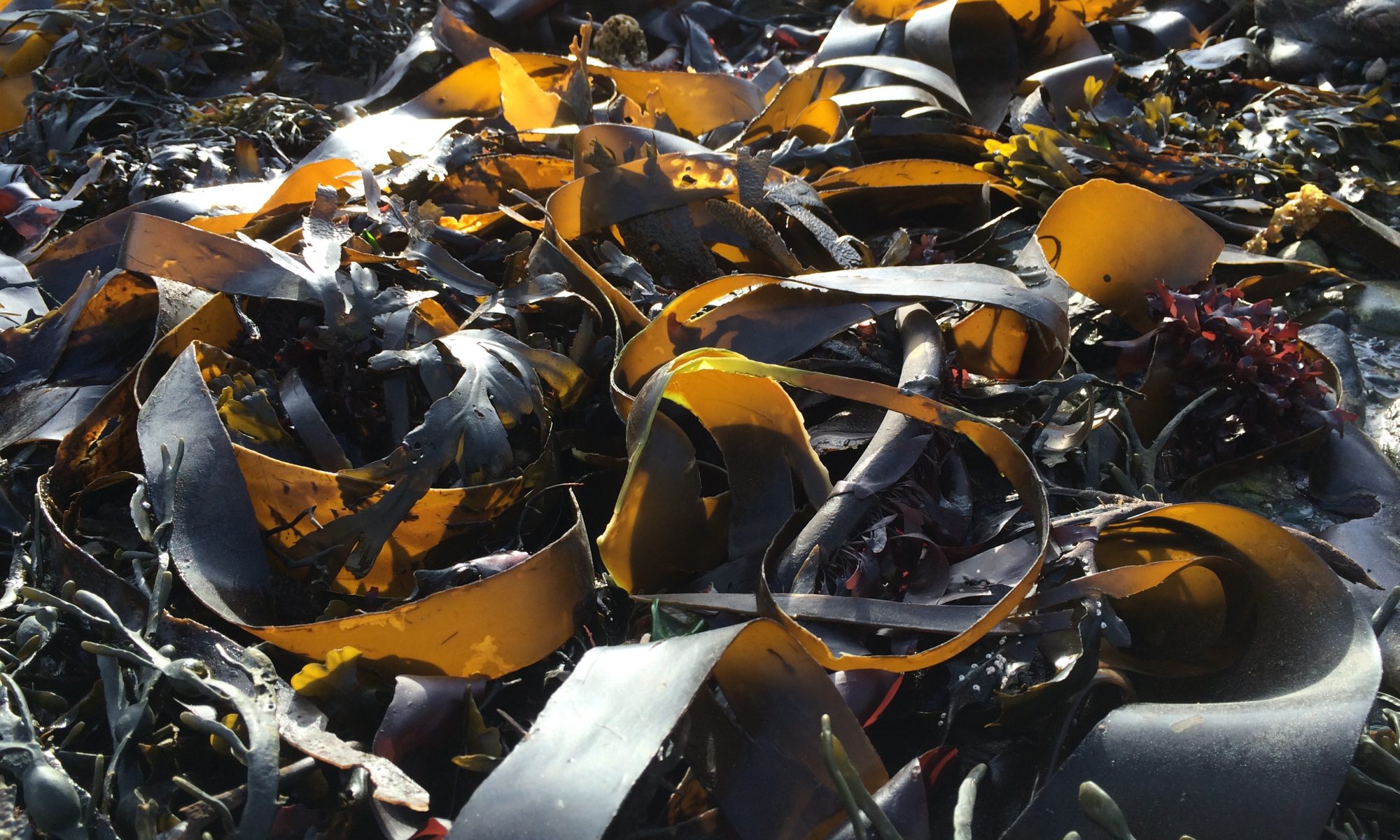Molecular mechanisms underpinning transgenerational plasticity in the green sea urchin Psammechinus miliaris
Melody s. Clark, Coleen C. suckling, Alessandro Cavallo, Clara L. Mackenzie, Michael A.S. Thorne, Andrew J. Davies & Lloyd S. Peck
www.nature.com/articles/s41598-018-37255-6
The pre-conditioning of adult marine invertebrates to altered conditions, such as low pH, can significantly impact offspring outcomes, a process which is often referred to as transgenerational plasticity (TGP). This study describes for the first time, the gene expression profiles associated with tGp in the green sea urchin Psammechinus miliaris and evaluates the transcriptional contribution to larval resilience. RNA-Seq was used to determine how the expression profiles of larvae spawned into low pH from pre-acclimated adults differed to those of larvae produced from adults cultured under ambient pH. The main findings demonstrated that adult conditioning to low pH critically pre-loads the embryonic transcriptional pool with antioxidants to prepare the larvae for the “new” conditions. In addition, the classic cellular stress response, measured via the production of heat shock proteins (the heat shock response (HsR)), was separately evaluated. None of the early stage larvae either spawned in low pH (produced from both ambient and pre-acclimated adults) or subjected to a separate heat shock experiment were able to activate the full HSR as measured in adults, but the capacity to mount an HSR increased as development proceeded. this compromised ability clearly contributes to the vulnerability of early stage larvae to acute environmental challenge.
